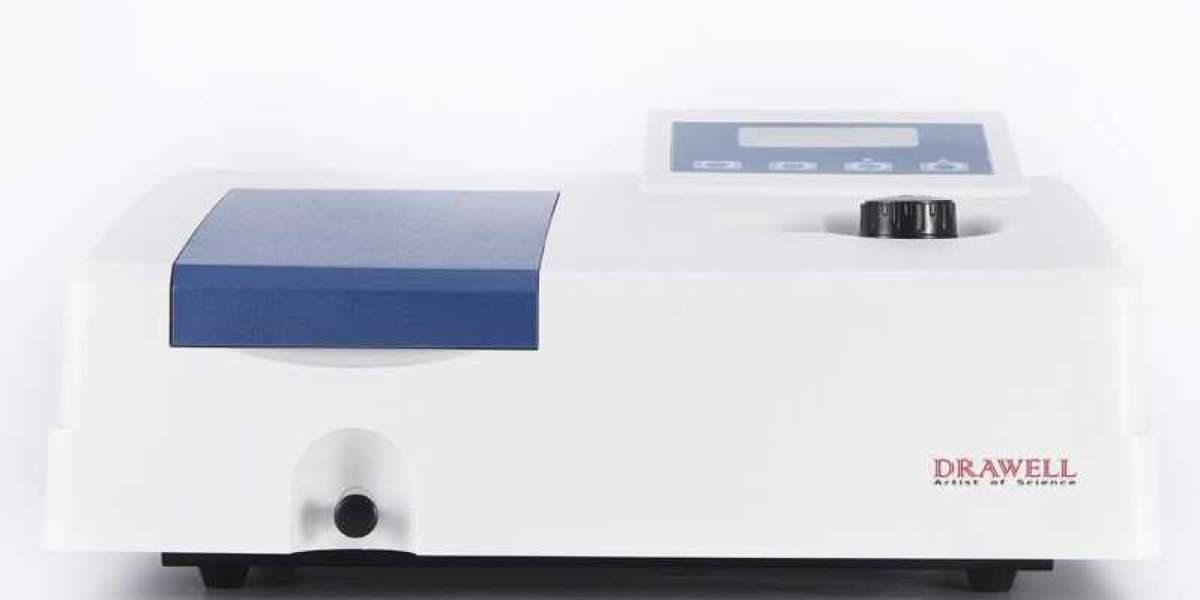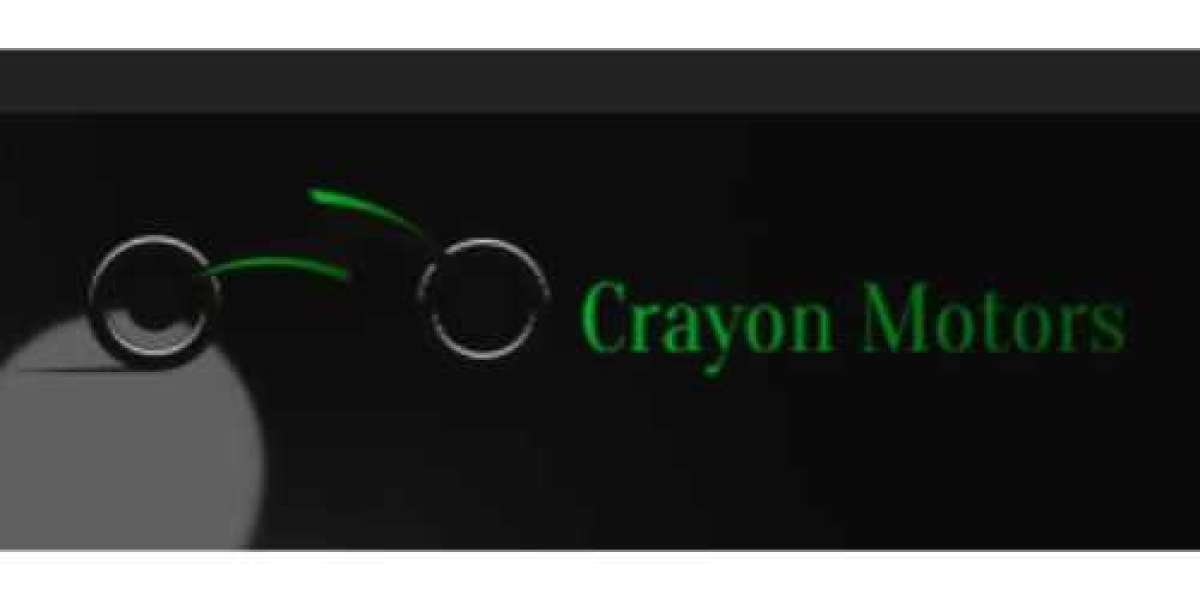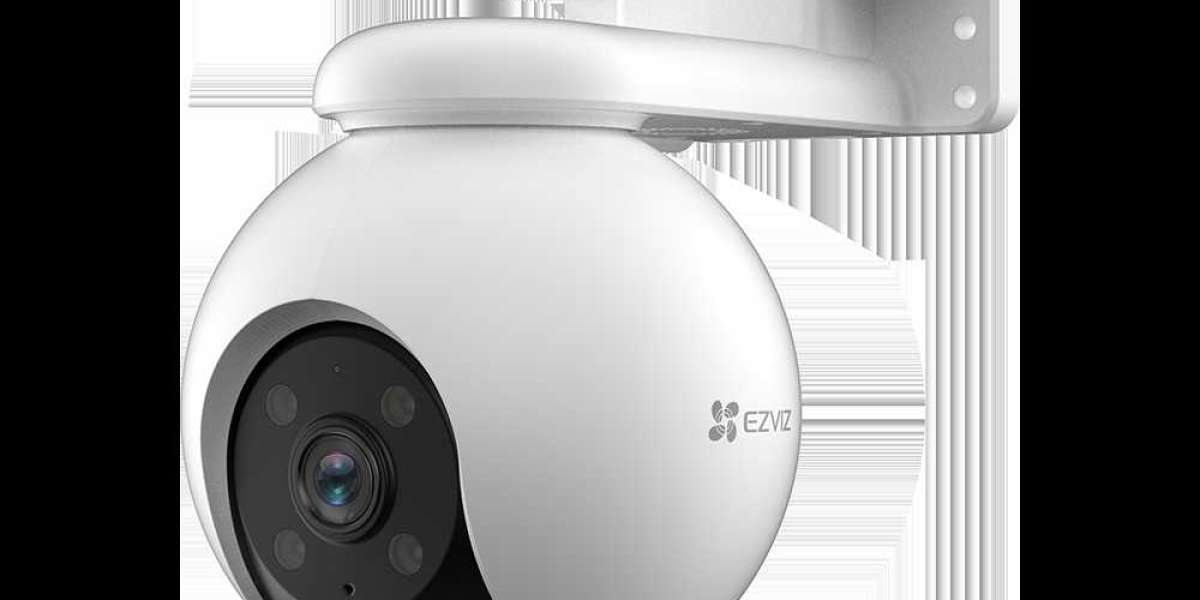Visible light spectroscopy and ultra-violet light spectroscopy are both used extensively in many different industries, including production, research, and quality control, despite the fact that there are a variety of methods available, such as calculating the melting point, refractive index, and density of a substance. In spite of this, it is possible to determine the melting point, refractive index, and density of a substance. One of the qualities that distinguishes one substance from another is its capacity to take in light. The use of a modern UV/VIS spectrophotometer makes ftir spectrophotometer possible to obtain results in a manner that is quick, easy, trustworthy, and accurate.
The primary goal of qualitative analysis is the identification of various constituents.
An analytical method known as UV/Vis spectroscopy, which does not experience any decomposition during the process, can be used to make a determination about the analyte's degree of purity. These inspections guarantee that the quality of the raw materials meets the necessary requirements.
Taking readings of the DNA's UV/Vis spectrum at a number of different temperatures allows one to calculate the temperature at which the DNA begins to melt. It is possible to differentiate between the saturated and unsaturated fatty acids that are present in olive oil. Olive oil is a source of both types of fatty acids.
The absorbance values of the samples are one of a kind when compared to one another for any particular light wavelength at which they are evaluated. Each of the compounds has its own one-of-a-kind molecular structure, which differentiates it from the others in the group.
Quantitative analysis typically involves finding out the concentration of something.
- Utilizing the Lambert-Beer law as a starting point, quantitative determination of the compound concentration in a solution can be accomplished with relative ease by utilizing UV/Vis Spectroscopy
- The best method for determining a calibration line is to measure the absorption of standard solutions whose sample concentrations are already known
- This is the only way to ensure accurate results
A Wide Range of Contributions
Always the Same Length and Never Varying
- The use of a spectrophotometer to carry out measurements at a consistent wavelength is the instrument's most fundamental application
- The measurements can be carried out using a single wavelength or using a number of different wavelengths, and the results are reported in terms of absorbance and transmittance
- Using this method, it is possible to observe not only the influence of stabilizers but also the influence of chemical deterioration, packaging material, and the process of degradation
- This is because this method allows for the observation of all of these factors simultaneously
Spectroscopy is the method that is utilized most frequently when attempting to ascertain whether or not olive oil has been adulterated in any way
Olive oil contains a variety of fatty acids, including both saturated and unsaturated fatty acids, as well as triglycerides
Using the conjugated di-enes and tri-enes of unsaturated fatty acids, which absorb light in the range of 230 to 270 nanometers (nm), one can easily determine this information
One of the most instructive examples from the chemical industry is the process of maintaining a certain level of purity in alcohol. The analysis of the UV/VIS spectrum reveals the formation of an additional peak at 280 nm, which enables the contamination that is present in the alcohol to be determined. This peak was formed as a result of the formation of an additional peak at 280 nm. The most important diagnostic parameter for a number of diseases, including anemia, polycythemia, and dehydration, is the measurement of the amount of hemoglobin that is present in a blood sample.
It is not difficult to make a comparison between the spectral differences of healthy blood and the blood that is drawn from the body of a person who is afflicted with a disease. This is essential in order for the cells in the body to maintain their viability. Phosphate is the most common form that it can be found in. Phosphates are also found.
Because of this, phosphate analysis is required in a large number of different industries, including those that deal with medicine and clinical research, agriculture, metallurgy, environmental science, the production of food and beverages, detergents, fertilizers, and the sugar industry. The value of the concentration of the colored sample is determined by the colorimetric method based on how closely the measured intensity of the colored solution matches that value. The colorimetric method was developed by Hans Christian Oersted.
In the presence of appropriate reducing agents, the reaction between the phosphate and the ammonium molybdate results in the production of a complex that has a blue color.








